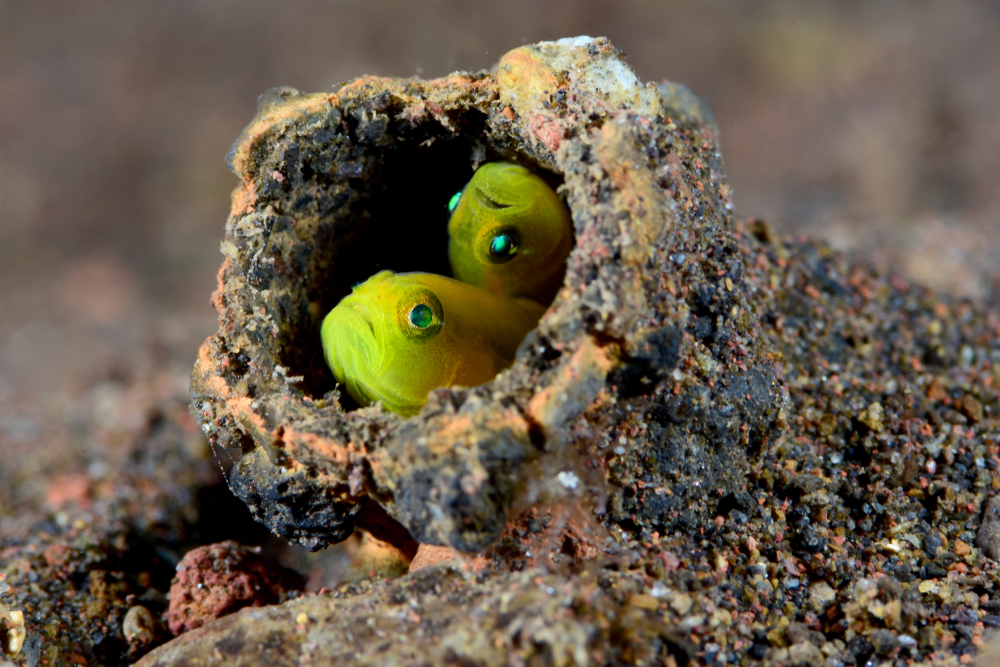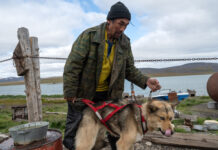Did you know that gobies are some of the smallest vertebrates in the world! Sadly, this small body size also means that these tiny little fishes have a very brief life span too. Eviota sigillata, the smallest and at the same time shortest-lived of the dwarf gobies, were reported to settle as a larva at an age of 24 days and died from old age at around 59 days. Imagine being considered as an old person after just 59 days on earth!

A goby’s whole life, from hatching from an egg as a larva to finding a cosy place on the reef, aspiring to be the best goby one can be, to old age and death – all lived in less than two months! In their natural environment, the attrition rate of dwarf gobies is higher than the losses suffered by infantrymen during the worst episodes of World War I.
With their tiny physical size, it also means that gobies are particularly vulnerable to predators in the sea. Thus, these fishes tend to live in pairs to keep a look out for each other! It is frequently observed that gobies feed in an alternating manner. One fish looks around to see if any dangerous predator fishes are approaching, while the other one grabs a mouth full of sand and sieves through it for edibles. They also often tend to orient themselves so that their visual fields cover as much of the environment as possible. Then, the gobies switch roles! In this way, there is always one goby on the look out.












